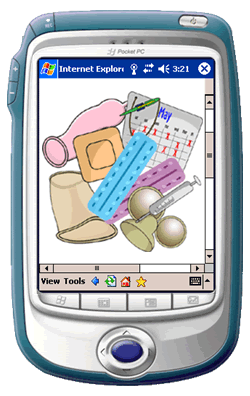
Contraception
In the past, couples had little control over how many children were born, or when. Little could be done if the mother’s health or family finances were affected. Today, contraception means people can decide how many children they want, and when.
There are many different forms of contraceptive, and they raise a range of different issues. For example, the condom prevents STIs like AIDS as well as preventing conception from occuring. Many see the condom as a vital tool in combatting the spread of AIDS, whereas others see it as responsible for the increase in sexual activity, at least in the West, that has led to the spread of STIs like AIDS. There are other 'mechanical' methods of contraception that provide a physical barrier of this kind, including the female condom (femidom) and the diaphragm or 'cap'.
Other contraceptives are chemical in nature, and involve taking a pill, either daily or after sexual intercourse. The daily pill is intended to prevent ovulation, but can also have the same effect as the 'morning after' pill, which is to prevent a fertilised blastocyst from implanting into the wall of the uterus. As well as the debate about sexual behaviour, these forms of contraception lead to debates about sanctity of life issues. There are mechanical forms of contraception that also prevent implantation, such as IUDs, raising the same sorts of issues.